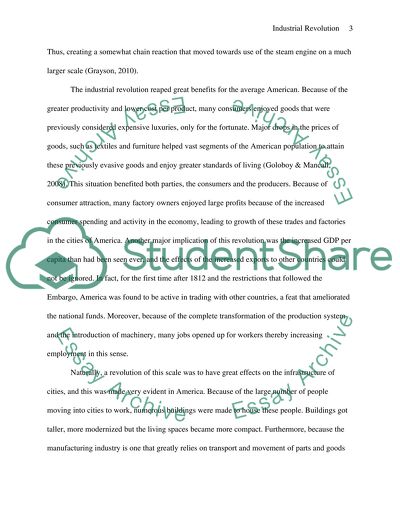Cite this document
(Industrial Revolution Essay Example | Topics and Well Written Essays - 1750 words, n.d.)
Industrial Revolution Essay Example | Topics and Well Written Essays - 1750 words. Retrieved from https://studentshare.org/history/1455363-the-industrial-revolution-and-the-growth-of
Industrial Revolution Essay Example | Topics and Well Written Essays - 1750 words. Retrieved from https://studentshare.org/history/1455363-the-industrial-revolution-and-the-growth-of
(Industrial Revolution Essay Example | Topics and Well Written Essays - 1750 Words)
Industrial Revolution Essay Example | Topics and Well Written Essays - 1750 Words. https://studentshare.org/history/1455363-the-industrial-revolution-and-the-growth-of.
Industrial Revolution Essay Example | Topics and Well Written Essays - 1750 Words. https://studentshare.org/history/1455363-the-industrial-revolution-and-the-growth-of.
“Industrial Revolution Essay Example | Topics and Well Written Essays - 1750 Words”, n.d. https://studentshare.org/history/1455363-the-industrial-revolution-and-the-growth-of.


